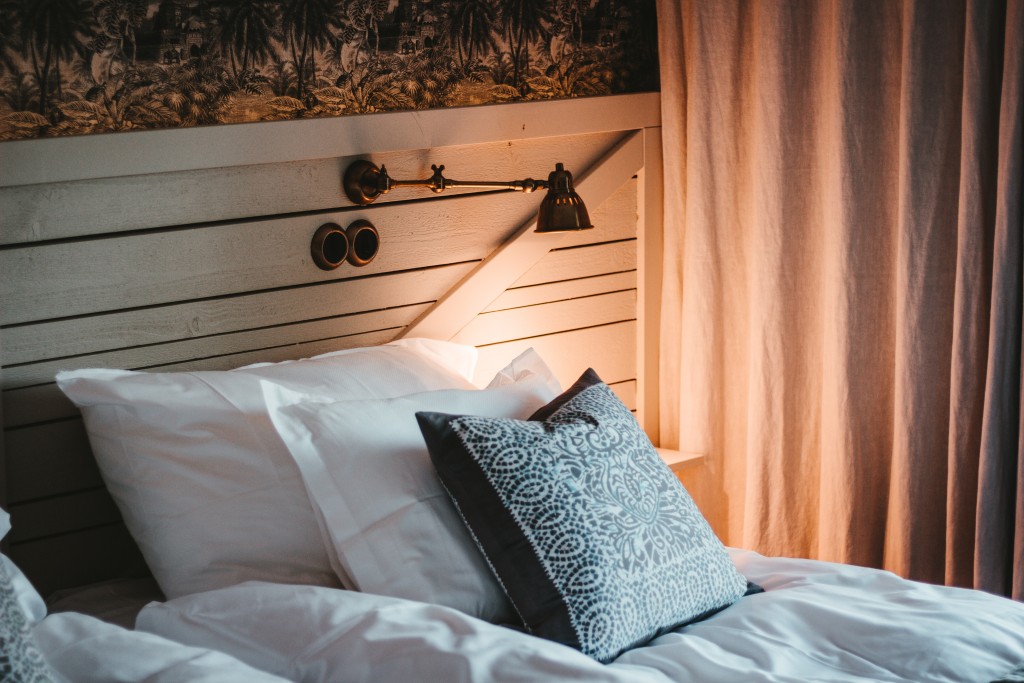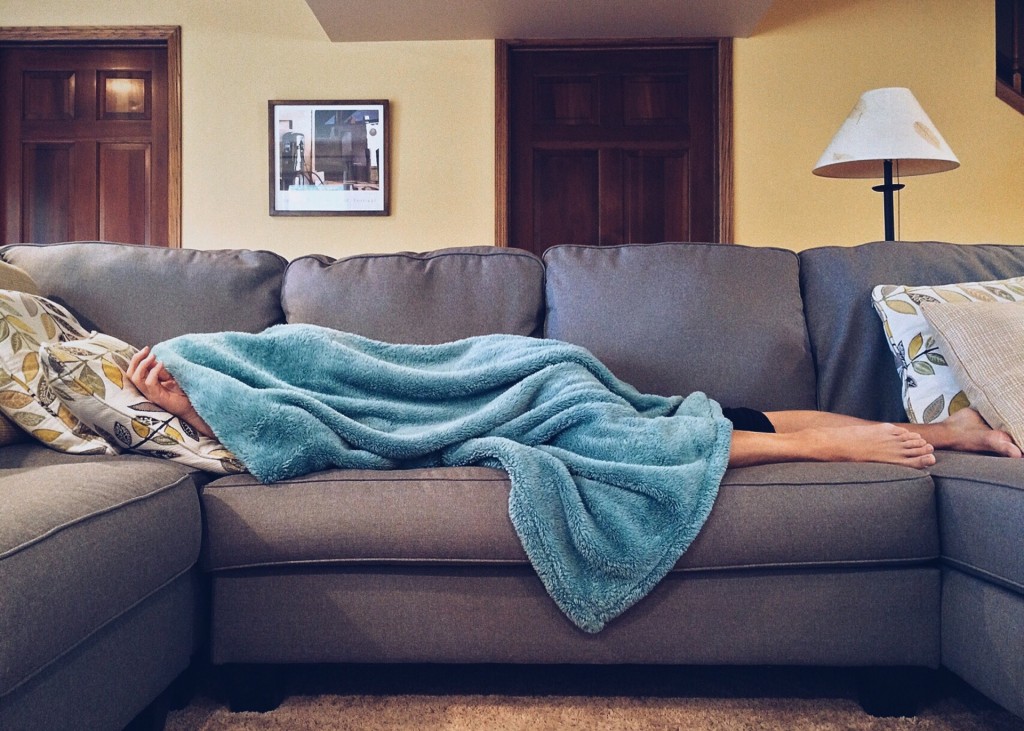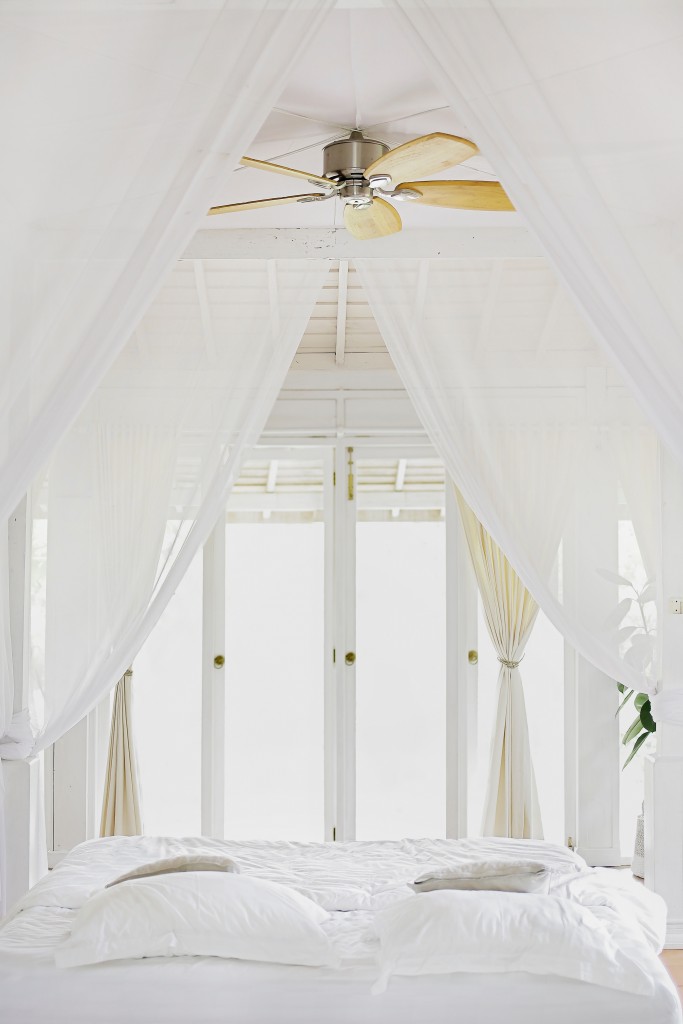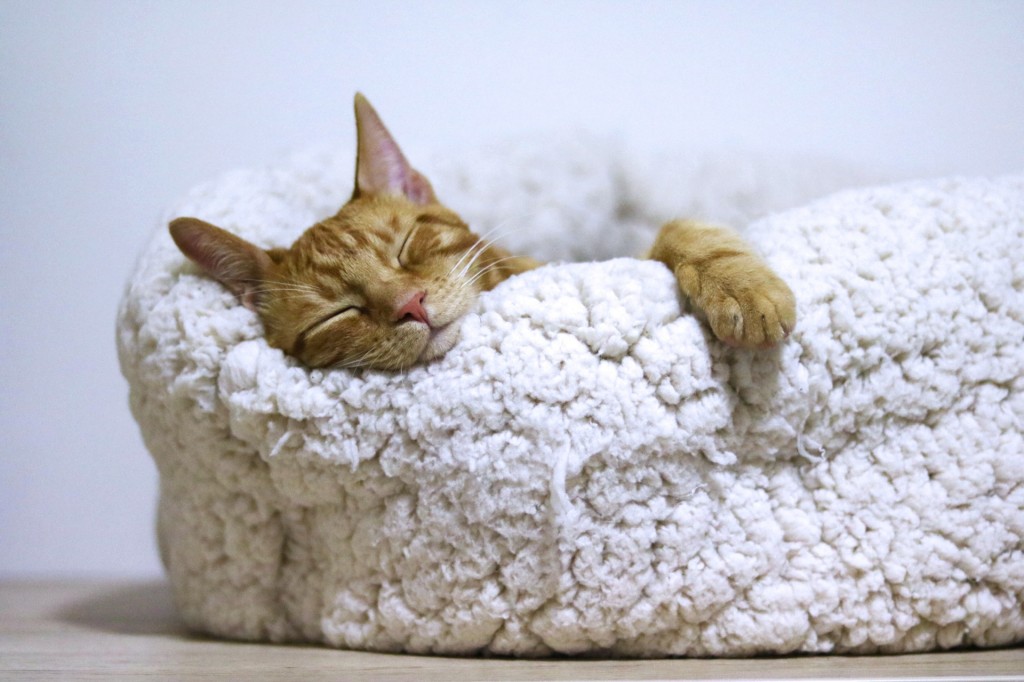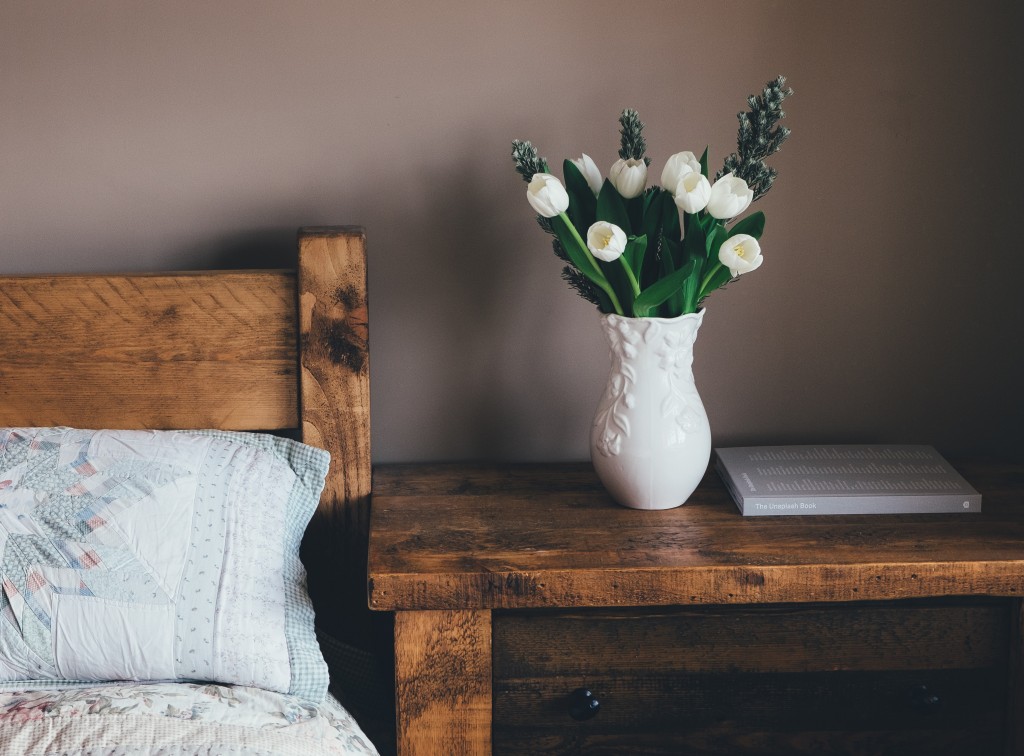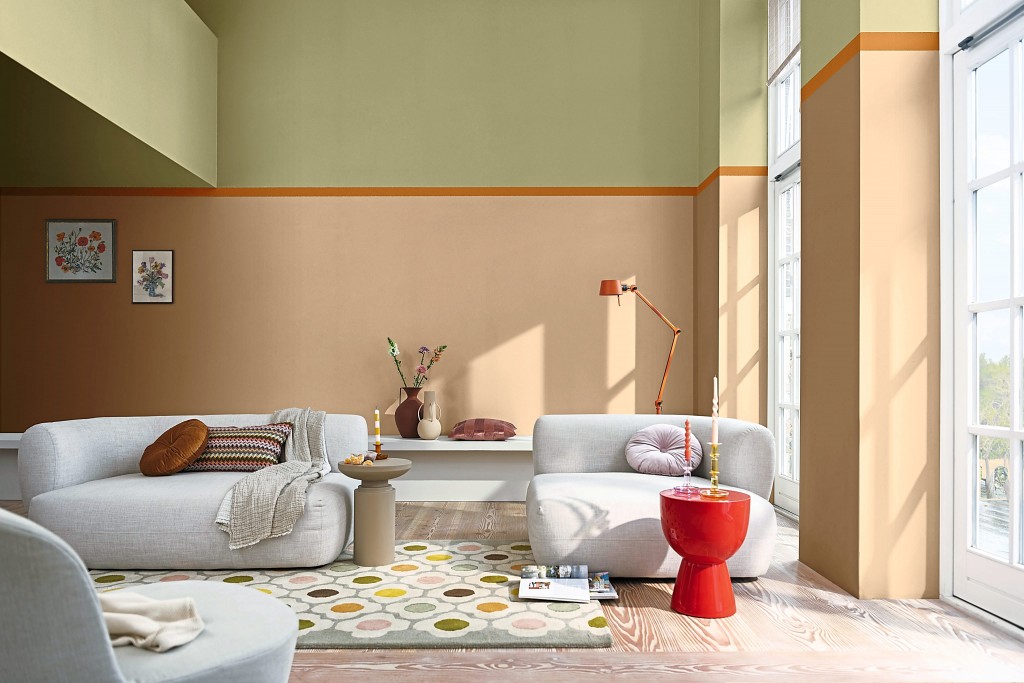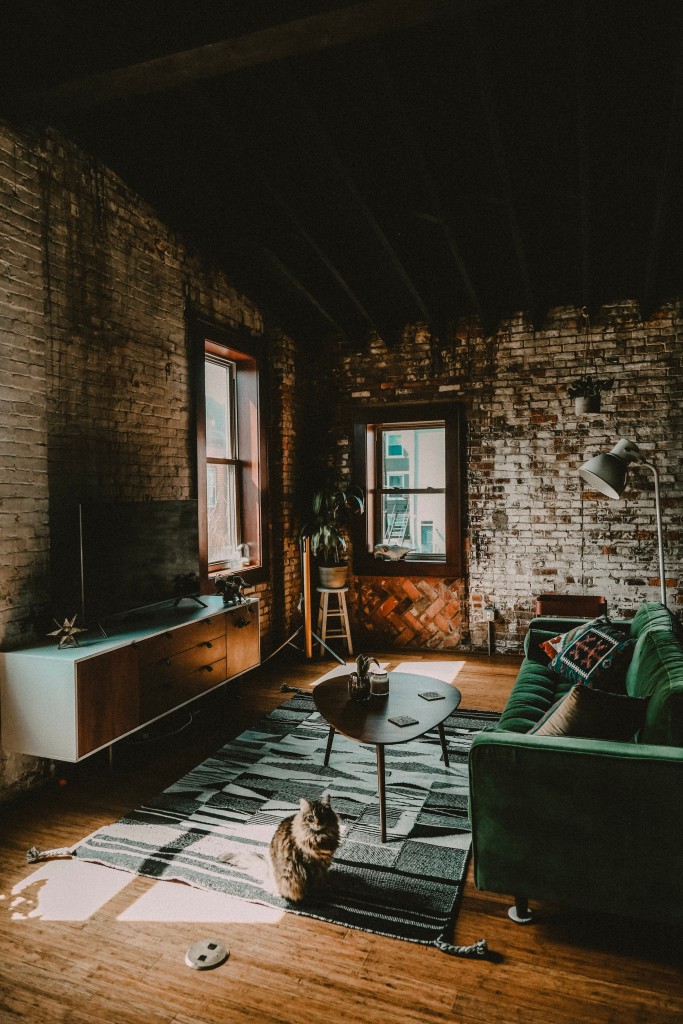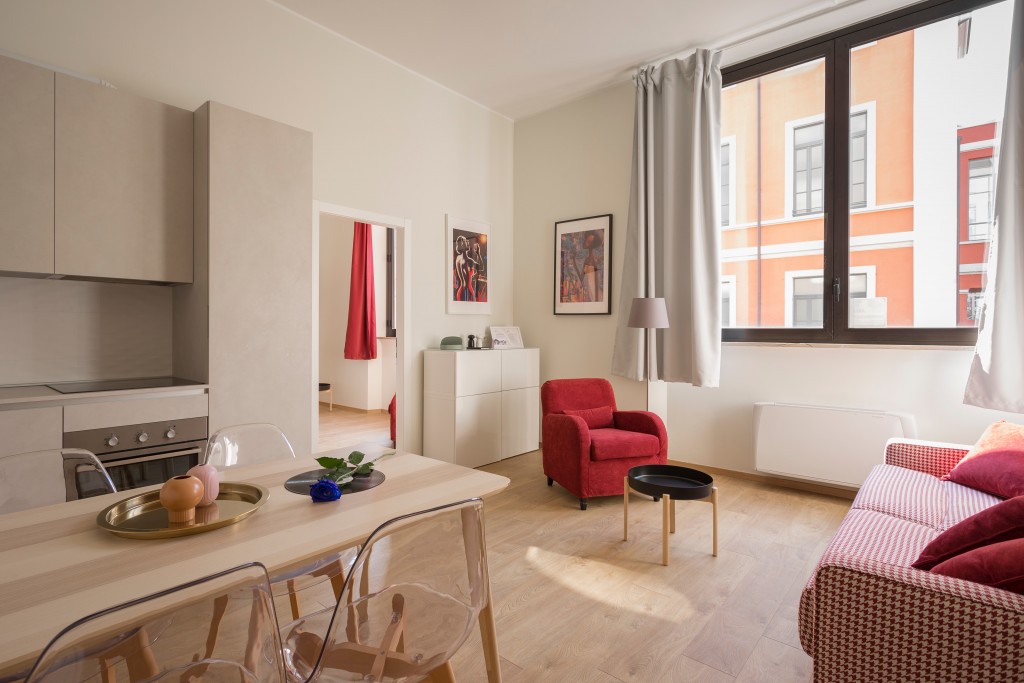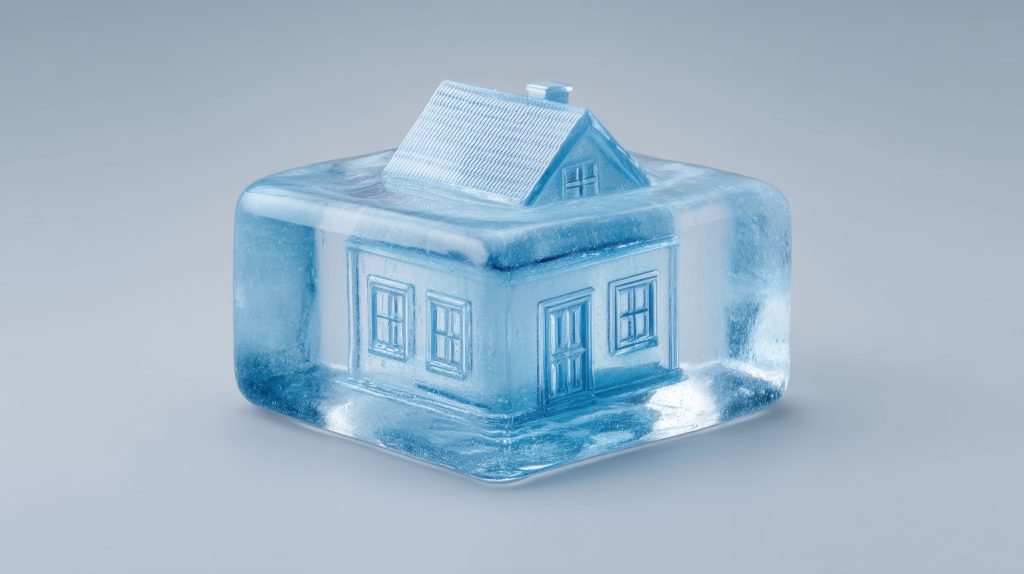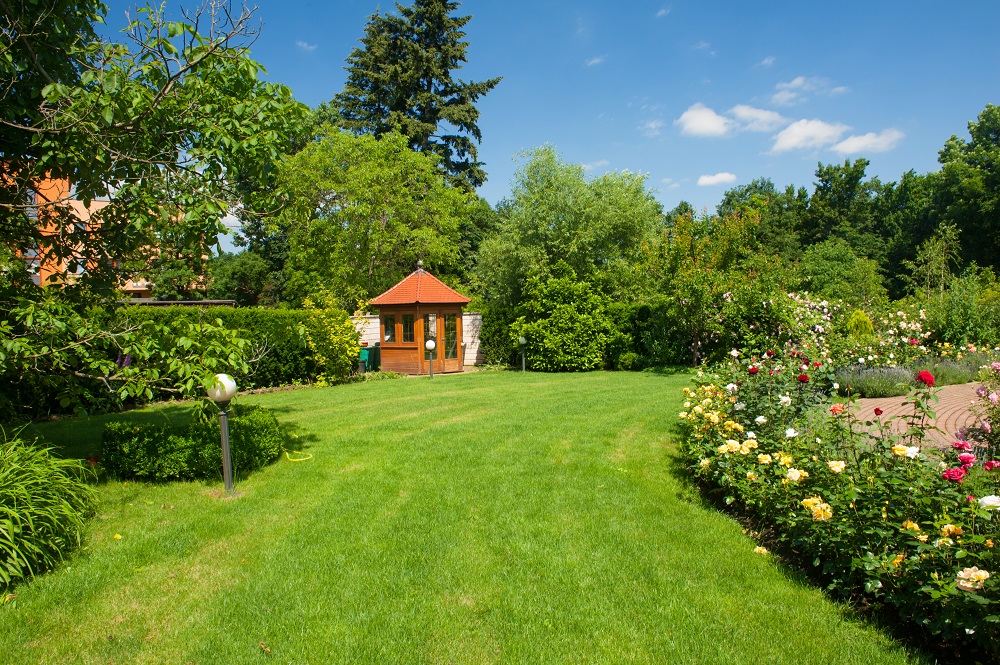Sleep is one of those things youngsters seem to think they can do without – but for those of us who do adulting on a daily basis, adequate rest can prove difficult to come by.
World Sleep Day is on 15th March, so sleep is slightly more on our minds than usual – but in our increasingly fast-paced world, sleep can sometimes be hard to come by. Whether the reasons are stress, worry, or ambient noise, there are some things an aspiring sleeper can do to the bedroom to ensure a restful slumber.
Opaque Curtains
It probably goes without saying that one of the usual suspects getting in the way of sleep is light. For those who operate during the night shift, it is usually the fault of that sphere of hot plasma in the sky – for urbanites, it is generally due to the glare of city lights – and the only way to prevent either artificial or natural light from streaming in and poking you in the eyeballs is to hang a set of heavy-duty drapes over the windows.
The hospitality industry seems to understand this, which is why the average hotel room is typically equipped with blackout curtains for the benefit of the jet-lagged traveller. Even without completely opaque drapes, a similar effect can be achieved with two layers of curtains hung from double-track rails – with a lighter shade hung closer to the windows and a darker shade hung on the interior for best results.
Soft Lighting
Besides the presence of light from the external world, the most common impediment to decent sleep would be the quality of light sources within the room itself. Artificial light fixtures tend to be available in varieties known as “cool bright” or “warm white” – the former is appropriate for surgical theatres and any other situation where details need to be expressed or security is paramount, while the latter produces a softer light that is more suited for relaxation.
The “cool bright” bulbs emit a quality of light that contains more blues – a tint that has been found to impede sleep by altering circadian rhythms and slowing the production of the sleep hormone known as melatonin. New homes in Malaysia are usually equipped with the “cool bright” variety of bulbs, but the same fixtures can usually be fitted with “warm white” bulbs of the same calibre. If sleep seems hard to come by, consider swapping out bulbs for those that emit a warmer light in the bedroom – or rely on lamps fitted with shades to keep the light from shining directly into the eyes.
Subdued Screens
It may seem obvious but electronic screens in the bedroom inspire the kind of activities that prevent restful sleep from happening. Falling asleep while watching television might be a necessary bedtime activity for some people but the fast-moving imagery and bold colours of modern programming are definitely not conducive for sleep. If a television screen in the bedroom feels like an absolute necessity, a cloth cover – or some discipline in the form of a screen curfew – may be required.
If an outright ban on electronic screens in the bedroom seems draconian, consider turning down the saturation or the amount of blue light at night. Most modern devices (smartphones, tablets, computers, and television screens) come with a night-light setting that tweaks the quality of light to reduce the amount of blue emitted.
Low Temperatures
Body temperatures fluctuate during the course of the day – and being animals that evolved on a planet that cycles neatly between the heat of the day and the cold of night – sleep tends to be easier when the body is cool. Low ambient temperatures can be artificially achieved with a fan, an air-conditioner, thin fabrics on the bed – or even a careful choice of mattress.
A quality mattress keeps body temperatures low with the use of materials designed to conduct heat away from the body and the open-cell construction of memory foam. If the expense of a high-quality mattress seems out of reach, consider putting in an air-conditioner – or introducing a quiet fan to the bedside.
Comforters
While cool air helps with falling asleep, temperature preferences may vary and there is a certain point for most people – somewhere below 15 degrees Celsius – when sleep becomes just as difficult as in oppressive heat. If you are gifted with a powerful air-conditioner that sometimes renders the bedroom slightly cold, a thick blanket, quilt, or comforter, may be the only thing needed to get to sleep comfortably.
Fuzzy textures
The tactile sensations that come with a high-pile carpet or a quality bedspread may be reassuring even for those without furry pets – but they entail a delicate balance to be found between the comforting feel of fur and the kind of fibres that trap heat. For best results, keep fuzzy fibres away from the bed, and any fabrics that do end up on the mattress should be smooth to the touch in order to facilitate sleep.
Fuzzy fibres also serve an acoustic function in disrupting the passage of sound waves – if ambient noise is an issue in the bedroom, the use of thick curtains, carpeting, and decorative throw blankets can serve to reduce the impact of sound on sleep.
Plants
As we have pointed out before, some plants put out more oxygen than they take in during the night. These varieties of plants can be introduced into a stuffy bedroom to increase the amount of breathable air – and you will find the natural forms and colours to be more conducive to sleep than a blank and featureless space devoid of any organic decoration.
Stay ahead of the crowd and enjoy fresh insights on real estate, property development, and lifestyle trends when you subscribe to our newsletter and follow us on social media.


